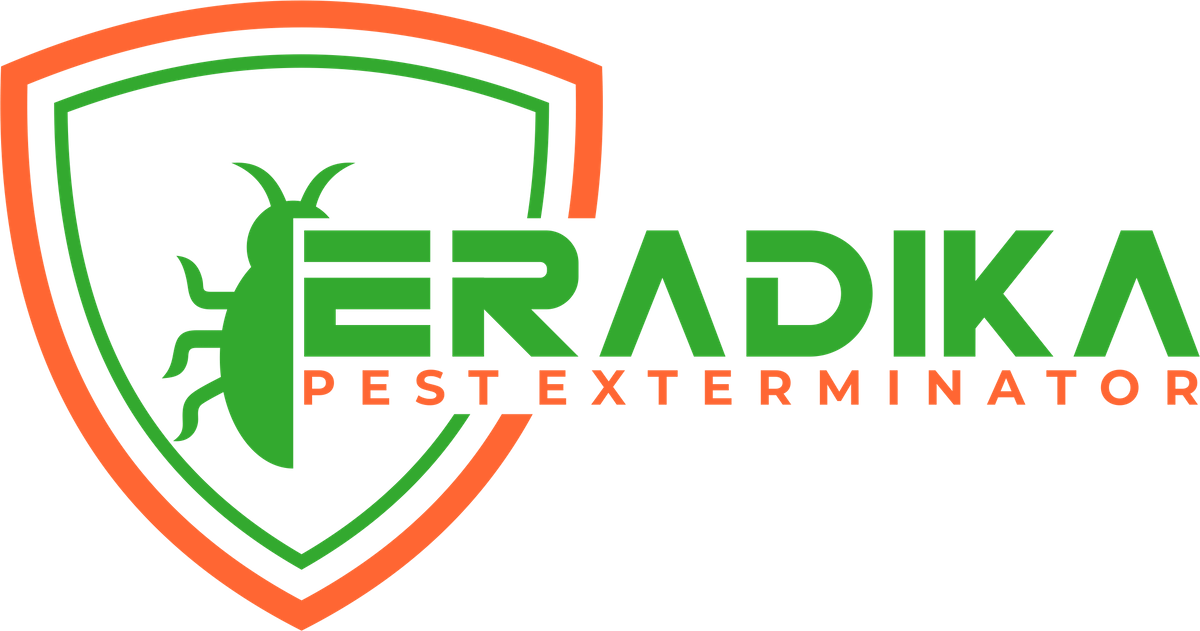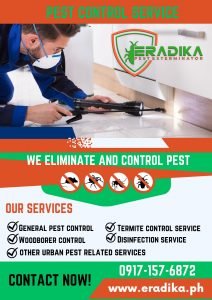Pest infestations are an unfortunate reality for many homeowners. The question that often arises is whether to embark on a do-it-yourself (DIY) pest control journey or enlist the expertise of professional services. Both avenues have their merits, but the decision should be informed by the type of pest, the extent of the infestation, and the desired level of efficacy.
1. The DIY Approach: When and How
When to Consider DIY:
Mild Infestations: For minor pest issues like the occasional ant trail or a few cockroaches, a well-executed DIY approach can yield satisfactory results.
Familiar Pests: If you are dealing with a pest issue that you have successfully managed in the past, a DIY approach may be appropriate. Familiarity with the pest’s behavior and vulnerabilities is key.
Budget Constraints: DIY methods are often more budget-friendly, making them a practical choice for those looking to control costs.
How to Go DIY:
Identify the Pest: Proper identification is crucial. Different pests require different treatment methods. Online resources, local extension offices, or pest identification apps can help.
Research and Gather Supplies: Thoroughly research effective DIY methods for the identified pest. Gather the necessary supplies, ensuring they are safe and appropriate for indoor or outdoor use.
Consistency is Key: DIY pest control requires consistency. Regular monitoring and reapplication of treatments are essential for success.
Examples of DIY Methods:
- Ants: Sprinkling diatomaceous earth along ant trails can deter them.
- Cockroaches: Boric acid mixed with sugar can be an effective roach bait.
- Mosquitoes: Planting mosquito-repelling plants like citronella and using natural repellents can help.
2. Professional Pest Control: When Expertise Matters
When to Hire Professionals:
Severe Infestations: For extensive infestations or pests with a high potential for property damage, such as termites, bedbugs, or rodents, professional intervention is crucial.
Unknown Pests: If you are uncertain about the type of pest you’re dealing with, professionals can conduct thorough inspections and implement targeted solutions.
Health Risks: Certain pests, like wasps or venomous spiders, pose health risks. Professionals have the necessary protective gear and expertise to handle such situations safely.
Persistent Infestations: If a DIY approach has proven ineffective over time, it’s a clear sign to bring in the professionals.
Benefits of Professional Services:
Expertise and Training: Pest control professionals undergo rigorous training and have in-depth knowledge of pest biology and behavior.
Customized Solutions: Professionals conduct thorough inspections to tailor solutions to the specific pest issue and property.
Integrated Pest Management (IPM): Professionals often employ IPM, a holistic approach that combines biological, physical, and chemical methods for sustainable pest control.
Long-Term Results: Professional services often provide more lasting results, addressing the root cause of the infestation.
Real-life Scenarios:
- Termite Infestations: DIY termite control may provide temporary relief, but a professional, armed with advanced treatments, can ensure the complete eradication of the colony.
- Bedbugs: Effective bedbug extermination often requires specialized equipment and expertise, making professional services the preferred choice.
- Rodent Control: Professionals can identify entry points, implement exclusion methods, and use targeted baits, providing a comprehensive solution to a persistent rodent problem.
DIY vs Professional: Finding the Right Balance
While DIY methods can be effective for certain situations, there are instances where the complexity and risks associated with pests warrant professional assistance. Striking the right balance involves assessing the severity of the infestation, understanding the pest’s biology, and being realistic about one’s capabilities.
In the dynamic world of pest control, the key is to be proactive. Regular home maintenance, early detection, and swift action—whether through DIY methods or professional services—can collectively contribute to a pest-free living environment.


